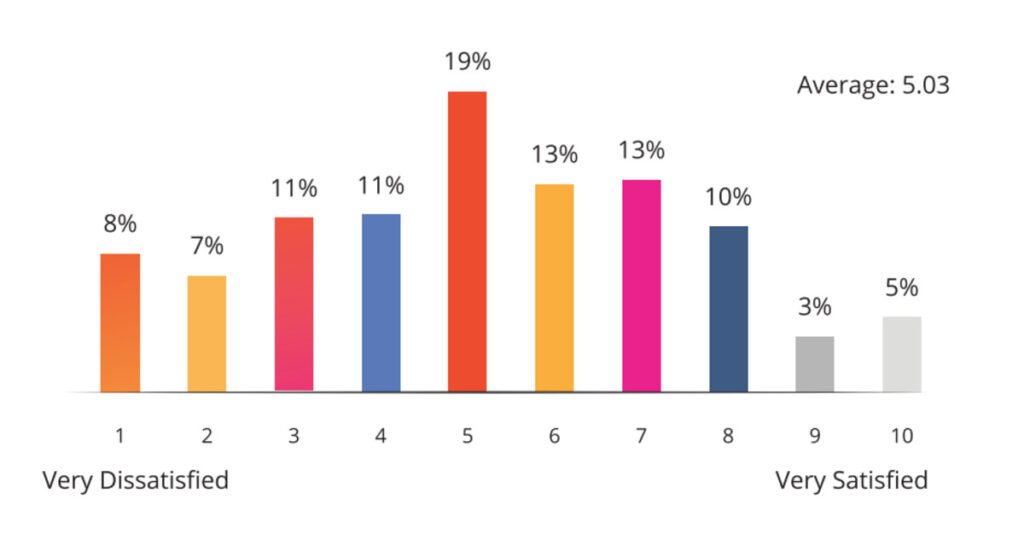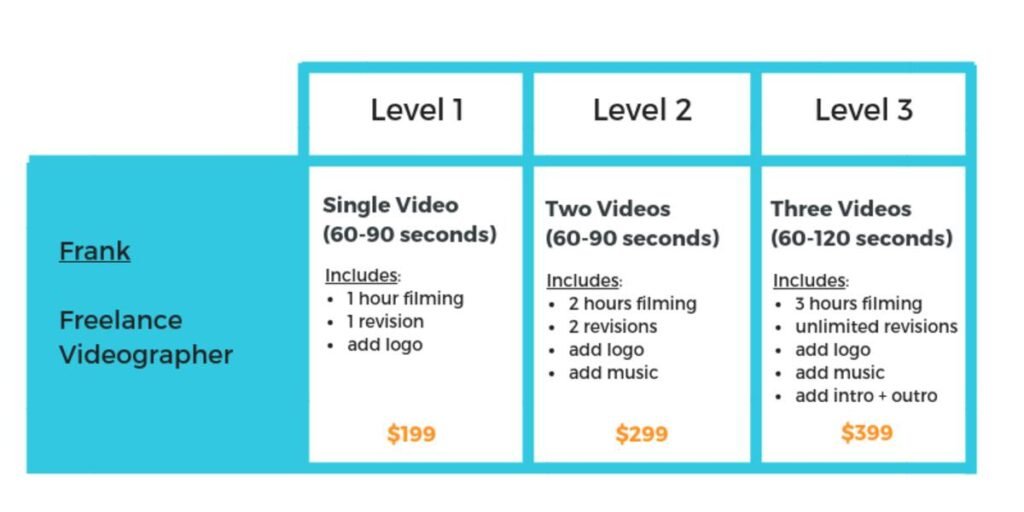Raising Freelance Rates: 100% Elevate Your Income Now on

Raising Freelance Rates: Are you a freelancer looking to boost your income? Perhaps you’ve been working hard, delivering top-notch work, but still feel like you’re not getting paid what you’re worth. Don’t worry; you’re not alone. Many freelancers struggle with setting their rates and increasing them over time. But fear not! In this comprehensive guide, we’ll explore the ins and outs of raising freelance rates, helping you take control of your financial destiny and earn what you deserve.
1. Raising Freelance Rates: Understanding Your Value

Before you can confidently raise your rates, you need to understand the value you bring to the table. Reflect on your skills, expertise, and the results you deliver to clients. What sets you apart from others in your field? Once you have a clear understanding of your value proposition, you can communicate it effectively to potential clients. “Raising Freelance Rates”
2. Assessing Your Current Rates
It’s essential to regularly evaluate your rates to ensure they reflect your expertise and the value you provide. By comparing your rates to industry standards and those of your competitors, you can gain valuable insights into where you stand in the market. If you discover that you are pricing below what your services are worth, it’s a clear sign that adjustments are needed to align with the market value. Making these adjustments can help you maintain a sustainable and competitive pricing strategy in the long run. “Raising Freelance Rates”
3. Raising Freelance Rates: Researching Market Standards

When researching market standards, it’s important to consider how factors like location, experience, and niche specialization can impact your rates. Understanding how these variables influence pricing trends within your industry can help you determine a fair and competitive rate for your freelance services. By benchmarking your rates against those of your peers, you can ensure that you are accurately valuing your skills and expertise in the market. “Raising Freelance Rates”
4. Communicating Value to Clients
By focusing on the value you provide, you can demonstrate to clients why your services are worth the increased rate. This approach can help clients see the benefits of investing in your services and the positive impact it can have on their business. “Raising Freelance Rates”
5. Raising Freelance Rates: Negotiating Rate Increases
When it comes to freelance work, it’s important to regularly reassess and adjust your rates to reflect your growing expertise and the market value of your services. Communicate openly with your clients about the reasons behind your rate increase and the benefits they will receive from your enhanced skills and experience. Remember that setting fair rates not only benefits you but also ensures that you can continue delivering quality work for your clients in the long run. By being proactive and assertive in negotiating rate increases, you can foster a professional relationship built on mutual respect and understanding. “Raising Freelance Rates”
6. Gradual Increment vs. Big Jumps
When considering gradual increments, it is important to assess how your clients may react to the changes. Gradually increasing your rates allows clients to adjust to the new pricing structure over time, potentially reducing the risk of losing customers. On the other hand, big jumps in pricing may signal a higher level of value or expertise to your clients, but could also result in immediate pushback or loss of business if not communicated effectively. It is crucial to communicate the reasons behind any rate changes to your clients, regardless of the approach you choose, to maintain transparency and trust in your business relationships. “Raising Freelance Rates”
7. Raising Freelance Rates: Adding Value to Your Services

By offering additional services, faster turnaround times, or enhanced deliverables, you can demonstrate to your clients the extra value they are receiving for the higher rates. This not only justifies the rate increase but also enhances the overall client experience. Providing added value can strengthen client satisfaction and loyalty, ultimately leading to long-term relationships and repeat business. “Raising Freelance Rates”
8. Building Long-Term Client Relationships
Building long-term client relationships is essential for freelance success. Focus on delivering exceptional work, providing excellent customer service, and building trust and rapport with your clients. Investing in these relationships can lead to repeat business, referrals, and opportunities for future rate increases. “Raising Freelance Rates”
9. Raising Freelance Rates: Managing Client Expectations
By managing client expectations effectively, you can establish a solid foundation for a successful working relationship. Clearly defining the scope of work and discussing any potential changes or challenges can help prevent misunderstandings down the line. Additionally, providing regular updates and seeking feedback can help address any concerns or adjustments early on. Ultimately, maintaining open and honest communication is crucial in ensuring a positive experience for both you and your clients. “Raising Freelance Rates”
10. Dealing with Rejection
Rejection is a natural part of the freelance business. Not every client will agree to your rate increases, and that’s okay. Instead of dwelling on rejection, use it as an opportunity to refine your pitch, improve your skills, and seek out clients who understand and appreciate your value. “Raising Freelance Rates”
11. Raising Freelance Rates: Handling Pushback

One way to approach this situation is to empathize with the client’s perspective and understand their concerns. By showing empathy, you can build rapport and create a more open dialogue. Additionally, offering alternative solutions or compromises can demonstrate your willingness to work together toward a resolution. It’s important to maintain a positive and constructive attitude throughout the negotiation process to preserve the relationship with the client. Ultimately, finding common ground and focusing on the long-term benefits for both parties can lead to a successful outcome. “Raising Freelance Rates”
12. Celebrating Your Success
Don’t forget to celebrate your successes along the way. Each rate increase is a testament to your hard work, dedication, and value as a freelancer. Take pride in your achievements and use them as motivation to continue striving for excellence in your work. “Raising Freelance Rates”
13. Raising Freelance Rates: Staying Competitive
To stay ahead in the competitive freelance market, it is crucial to keep a pulse on industry trends and adapt accordingly. Continuous refinement of skills and seeking out opportunities for professional development can set you apart from the competition. By staying competitive, you can establish yourself as a top choice for clients seeking quality work and are willing to pay premium rates.
14. Seeking Feedback
Feedback is invaluable for freelance growth and improvement. Solicit feedback from clients regularly to understand their needs, preferences, and areas for improvement. Use this feedback to refine your services, enhance the client experience, and justify future rate increases. “Raising Freelance Rates”
15. Raising Freelance Rates: Adapting to Market Changes

Finally, be prepared to adapt to market changes as they occur. The freelance landscape is constantly evolving, with new technologies, trends, and client preferences emerging regularly. Stay agile and adaptable, and be willing to adjust your rates and services accordingly to remain competitive in the ever-changing marketplace. “Raising Freelance Rates”
Conclusion
Raising freelance rates can be a daunting task, but with the right approach and mindset, it’s entirely achievable. By understanding your value, communicating effectively with clients, and continually adding value to your services, you can confidently increase your rates and take your freelance career to new heights.
Raising Freelance Rates: FAQs
1. How often should I raise my freelance rates?
Freelancers should consider raising their rates annually or biannually to keep pace with inflation and their growing skills and experience.
2. What if clients can’t afford my new rates?
If clients can’t afford your new rates, consider offering alternative pricing structures, such as payment plans or project-based pricing, to accommodate their budget while still fairly compensating yourself. “Raising Freelance Rates”
3. Raising Freelance Rates: Will raising my rates drive away clients?
While some clients may be hesitant to accept rate increases, those who value your work and expertise will be willing to pay for it. Focus on attracting and retaining clients who appreciate the value you provide rather than those solely concerned with price.
4. How can I justify my rate increase to clients?
You can justify your rate increase by showcasing the value you bring to the table. Highlight your skills, expertise, track record of success, and any additional benefits or services you offer. Presenting concrete examples of the results you’ve achieved for clients can also help justify your higher rates.
5. Raising Freelance Rates: What if I’m afraid to raise my rates and lose clients?
Fear of losing clients is natural when raising rates, but it’s essential to remember your worth. Consider the long-term benefits of charging what you’re truly worth, such as increased income, improved work-life balance, and attracting higher-quality clients. Focus on building a solid client base that values your expertise and is willing to pay for it. “Raising Freelance Rates”
Read More: Kwork





